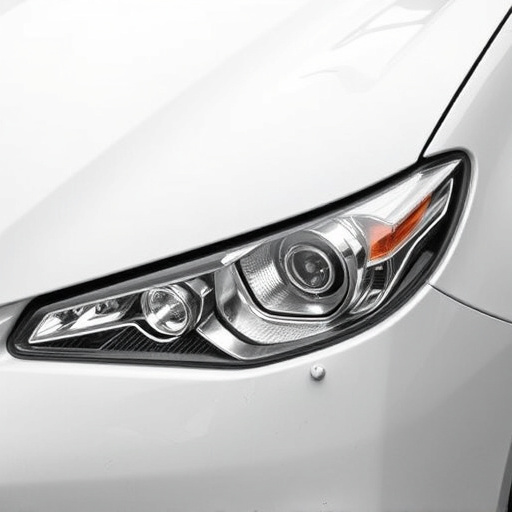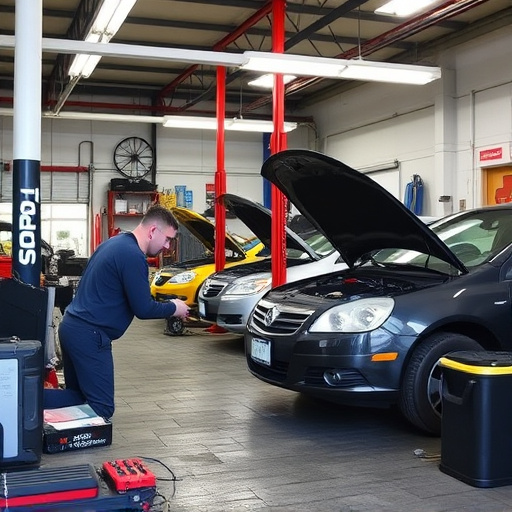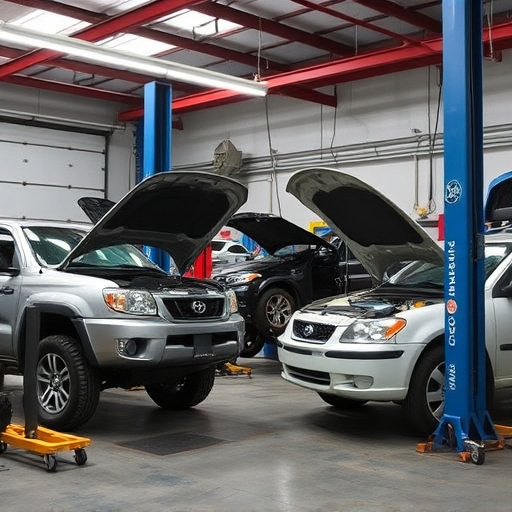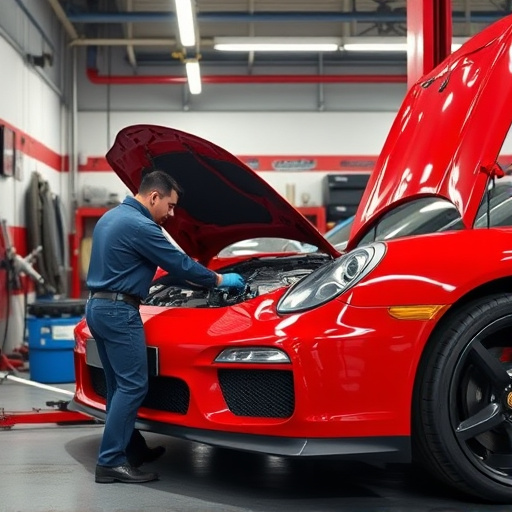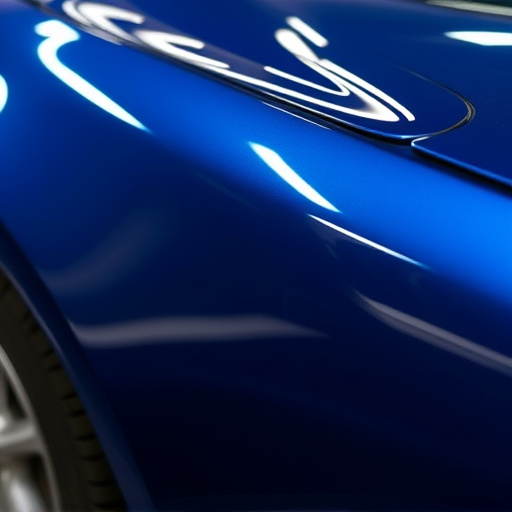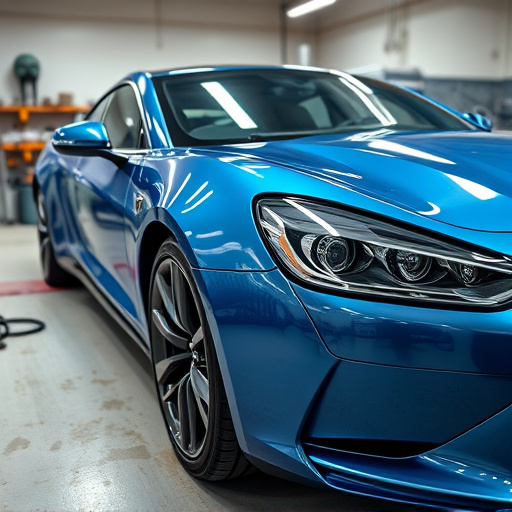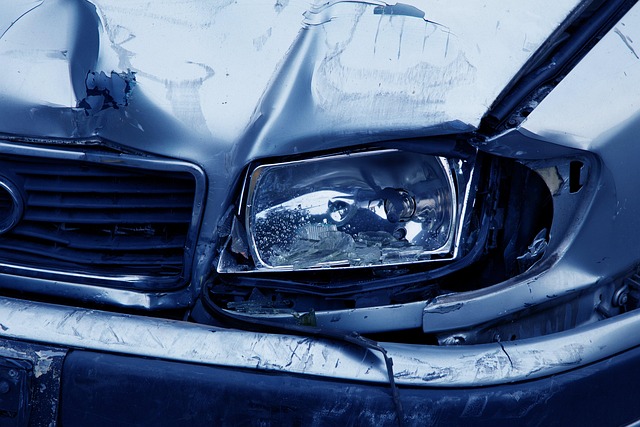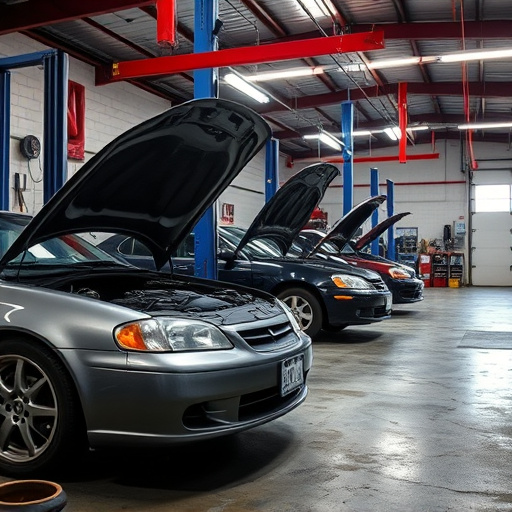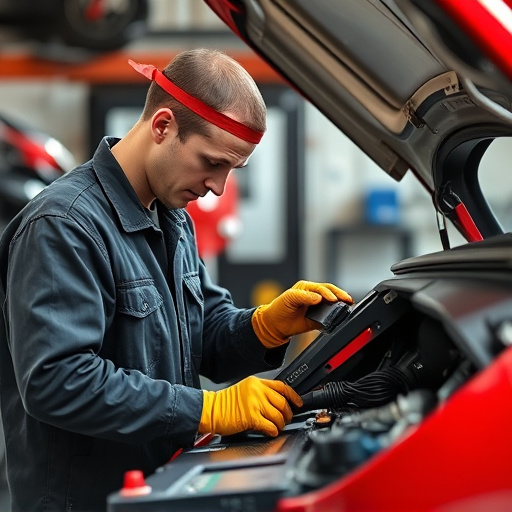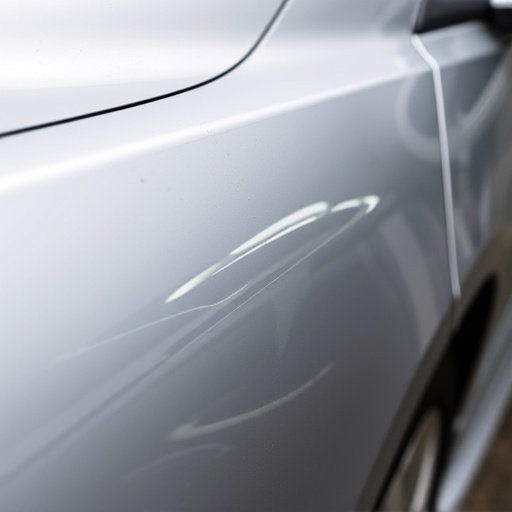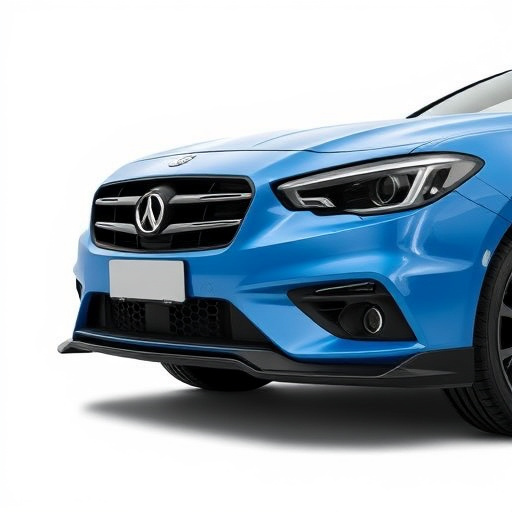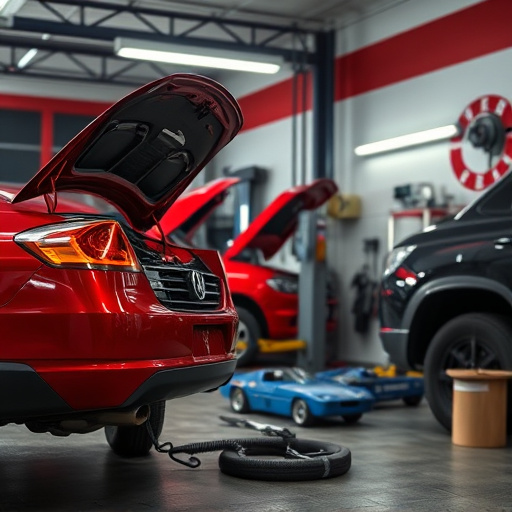OEMs selecting automotive paint types prioritize durability, color consistency, environmental impact, and cost-effectiveness to enhance vehicle quality and customer satisfaction. They consider compatibility, industry standards, and market trends while advanced technologies and rigorous testing ensure paints meet stringent safety and aesthetic requirements, aligning with global sustainability and collision repair trends.
Original Equipment Manufacturers (OEMs) play a pivotal role in dictating the automotive paint landscape. Choosing the right paint type is a complex process, influenced by stringent quality standards, environmental considerations, and aesthetic preferences. This article explores how OEMs navigate this decision-making journey. We delve into their specific paint requirements, the diverse factors shaping their choices, and the rigorous testing procedures ensuring top-tier automotive paint types for production lines worldwide.
- Understanding OEM Paint Requirements
- Factors Influencing Paint Type Selection
- Testing and Quality Assurance Process
Understanding OEM Paint Requirements

Original Equipment Manufacturers (OEMs) face a critical task when selecting automotive paint types for their production lines—a decision that significantly impacts vehicle quality and customer satisfaction. Understanding OEM paint requirements involves deciphering specific criteria such as durability, color consistency, environmental impact, and cost-effectiveness. Each automotive paint type offers unique properties, catering to different needs, from safeguarding against corrosion in harsh weather conditions to ensuring a flawless finish that enhances the overall aesthetics of the vehicle.
Beyond mere aesthetic considerations, OEMs must consider the compatibility of paints with various auto components, including intricate details like auto glass replacement and car restoration processes. The selection process entails rigorous testing to meet stringent industry standards while also accounting for trends in the automotive body shop market. By balancing these factors, OEMs ensure that their chosen paint types not only meet but exceed customer expectations, ultimately contributing to the reputation of both the vehicle manufacturer and the brand.
Factors Influencing Paint Type Selection
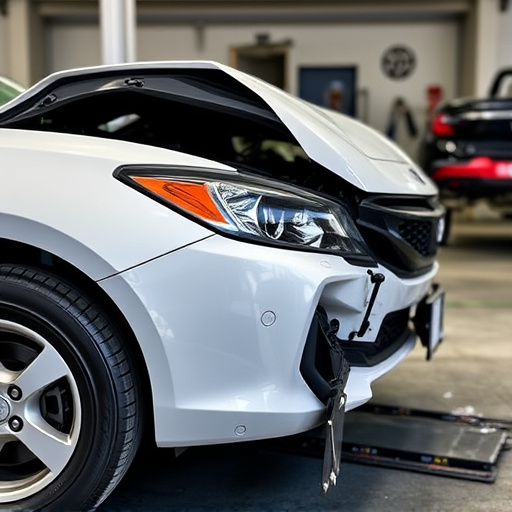
When deciding on automotive paint types for production, Original Equipment Manufacturers (OEMs) consider a multitude of factors that go beyond mere aesthetics. The choice extends to performance, durability, and environmental impact. Each automotive paint type offers distinct advantages and disadvantages, necessitating a careful evaluation based on specific vehicle requirements and intended use. For instance, high-performance paints designed for sports cars differ significantly from those used in family sedans or electric vehicles.
Moreover, OEMs must balance the need for sleek finishes with practical considerations like scratch resistance, chip prevention, and longevity, especially in regions with harsh weather conditions. The integration of advanced technologies, such as corrosion-inhibiting agents or UV protectants, plays a crucial role. Additionally, the environmental sustainability aspect is increasingly important, driving the adoption of eco-friendly paints that minimize volatile organic compounds (VOCs) and reduce the overall environmental footprint, aligning with global trends in automotive collision repair and car bodywork services.
Testing and Quality Assurance Process
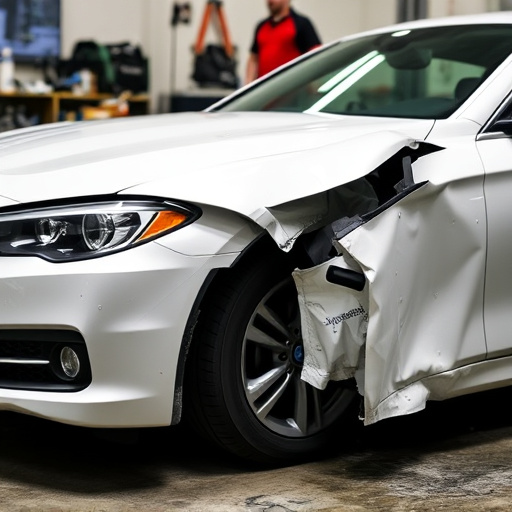
When deciding on automotive paint types for production, Original Equipment Manufacturers (OEMs) employ a rigorous testing and quality assurance process to ensure superior performance and longevity. This involves subjecting paints to various environmental simulations, such as extreme temperatures, UV exposure, and corrosion tests, to mimic real-world conditions. Advanced laboratory equipment is utilized to evaluate color consistency, gloss levels, and durability against scratches and chips.
The process also incorporates feedback from collision centers and auto repair services, which play a vital role in identifying potential challenges in paint application and long-term performance. By combining scientific data with practical insights, OEMs can make informed choices, resulting in high-quality automotive paints that meet stringent safety and aesthetic standards, ultimately enhancing the overall customer experience in collision repair.
Original Equipment Manufacturers (OEMs) carefully consider various factors when choosing automotive paint types for production, ensuring durability, aesthetics, and safety. By understanding specific requirements, evaluating technical data sheets, and conducting rigorous testing, OEMs can select the most suitable paint formulations to enhance vehicle quality and customer satisfaction. This process is pivotal in the automotive industry, where the right paint choice can contribute to a vehicle’s overall performance and longevity.
